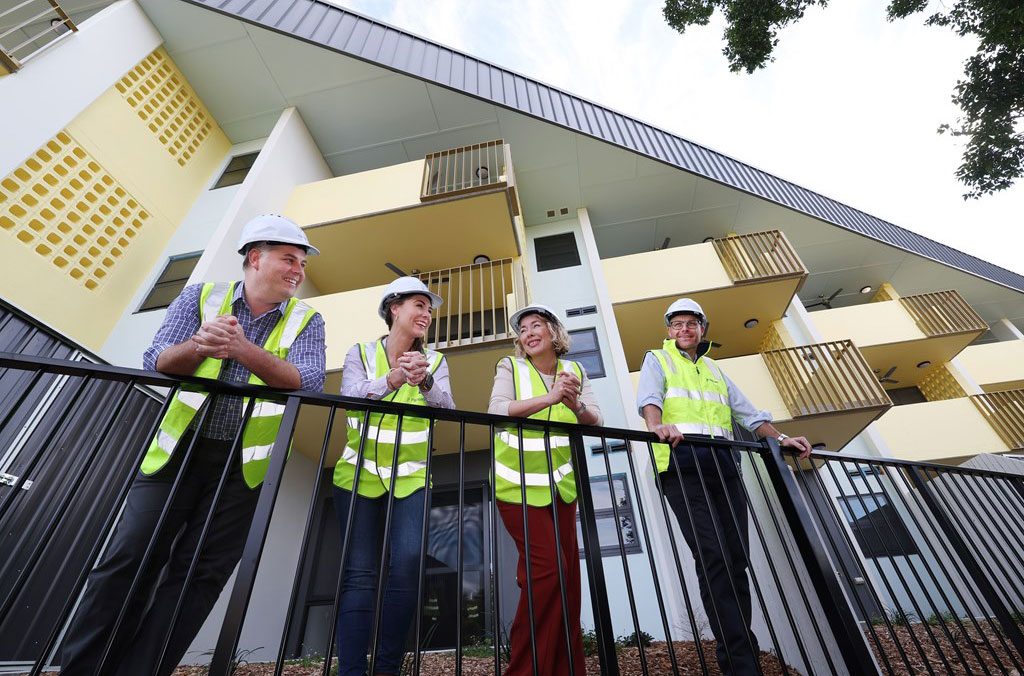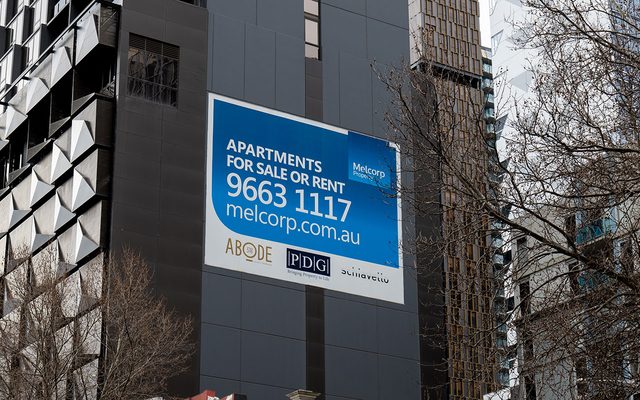This article is from the Australian Property Journal archive
QUEENSLAND’S Miles government will inject $350 million into fast-tracking infill development, in a bid to boost supply amid the housing crisis.
Housing Minister Meaghan Scanlon said applications would open on 10th June for the $350 million Incentivising Infill Development Fund, which aims to support market-ready projects that increase housing density in well located, under-utilised or vacant urban areas.
By covering known infrastructure costs, this fund will prevent the expenses from being passed on to homebuyers, promoting housing choice and improving affordability, the government said.
It said this was a “critical step to build more homes, faster”, being one of five key pillars of its $3.1 billion Homes for Queenslanders plan unveiled in February. Queensland industry leaders have been supportive but sceptical about the viability of the ambitious targets.
The announcement – made ahead of October’s election – comes as the government said it received 145 expressions of interest with potential for 30,000 homes for its fast-track approvals process. The proposals vary in scale from eight homes up to 2,500 homes. The new state facilitated development unit will now assess the proposals and their alignment with state priorities.
Projects that include affordable housing for low to moderate-income households will receive top priority in the new approval pathway.
“My government’s Homes for Queenslanders plan is about delivering more homes, faster,” said Premier Steven Miles.
“Our nation-leading infill development fund will make building homes where we need them even easier.
“It’s designed to encourage bigger builds in urban areas, close to public transport, shops and schools.”
The government holds the aim of delivering 34,000 new homes in the state’s south-east every year, and the updated South East Queensland Regional Plan, ShapingSEQ 2023 seeks to deliver 900,000 new homes in the region by 2046 to accommodate 2.2 million new residents.
Vacancies in Brisbane sat below 1% at the end of the March quarter, according to PropTrack.
Housing Minister Meaghan Scanlon, said “The Miles Government is slashing red tape and providing incentives to support industry to build more homes, faster.”
National cabinet is aiming to build 1.2 million “well-located” homes across the country over five years from July as part of its National Housing Accord. However, a broad-ranging report by the Albanese government’s National Housing Supply and Affordability Council tabled this month said the target will not be reached, and the target has already been considered farfetched by analysts amid severe labour shortages, as well as current low approval rates and planning red tape.
Scanlon, said, “This is about density done right and making sure we maximise opportunities on underutilised land with access to existing transport, infrastructure and jobs.
“Meanwhile the LNP have been busy voting against 30,000 social and affordable homes, and now putting up barriers to stop thousands of Queenslanders from buying their own home,” she said, referring to the federal Coalition’s opposition to national cabinet’s Housing Australian Future Fund, which will run concurrently with the National Housing Accord.
Natalie Rayment, who is on the Department of Housing’s Housing Supply Expert Panel, said one of the initial drivers for sprawl was that land was generally cheaper on the periphery of town, so infrastructure was highly subsidised and those costs were not clearly tied to the cost of a house.
“Now, ongoing maintenance of these developments is becoming a growing burden for all tiers of government.
“But it’s not just a financial cost – sprawling neighbourhoods also impact the climate as well as people’s time, including time spent commuting for work and to access services.
“Add that to the cost of living and reliance on motor vehicles in areas where you are not able to walk to things so easily, the living and environmental costs of urban sprawl really start to add up.”




